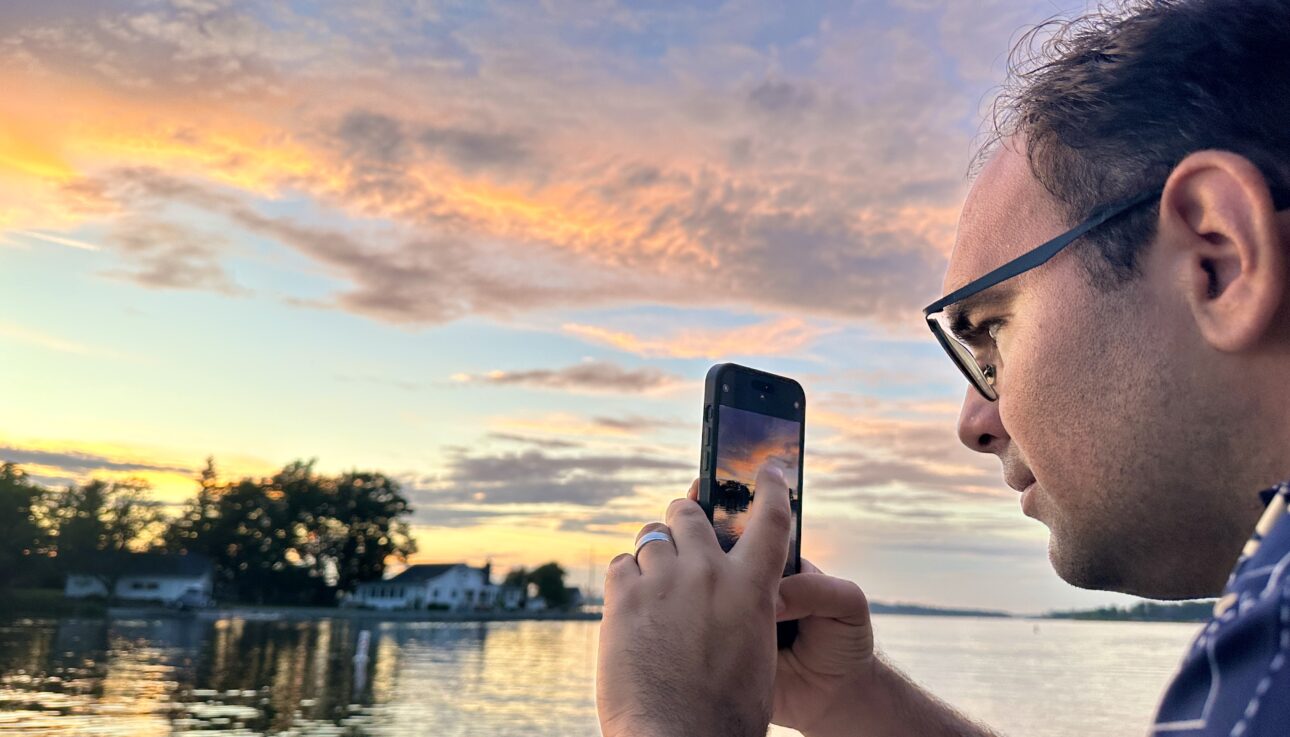Until the mid-2010s, a camera was essential in order to capture precious memories, from a fun night with friends to the beauty of travel and beyond. Nowadays, new smartphones are released more than once a year, all with better camera quality. And for most travelers, the smartphone in your pocket works just fine for taking photos of your adventures. So, are smartphones slowly replacing cameras?
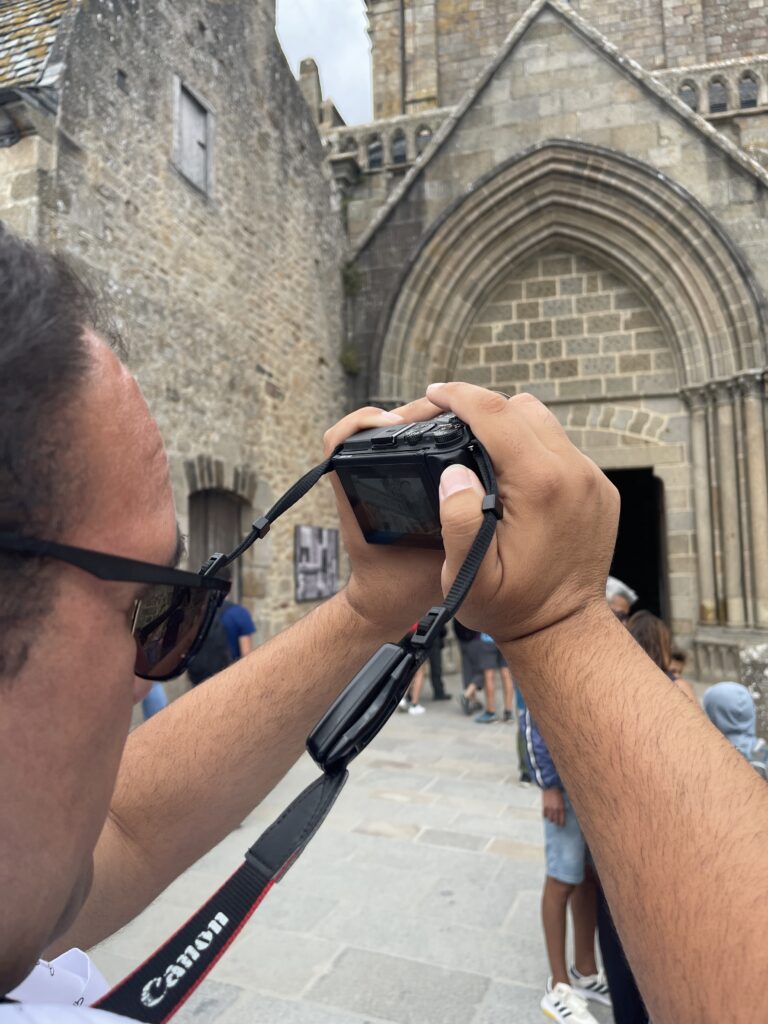
A quick introduction: Nowadays, everyone tells me that there’s no need to carry “that big camera” after me on a trip. My passion for photography started when my parents bought our first digital camera in 2002. Back then, digital cameras were a significant improvement over the older cameras that required a film. I have studied the details of photography with the iPhone, cameras, editing photos as well as using Adobe Photoshop. I have even compared the quality of the photos taken on my iPhone versus those taken on my camera. While acknowledging the inherent diversity among individuals, I strongly believe that smartphones have not replaced cameras, especially for “taking nothing but pictures, leaving nothing but memories” when you travel. In this article, I will discuss why I still travel with my fast and powerful Canon EOS M3 camera rather than simply taking photos with my iPhone 14 Pro Max, which surprisingly takes great quality photos.
Quality of Photos
With every new round of smartphone that arrives from Apple or Samsung, the quality of the camera gets better. Most newer phones have a 48-megapixel sensor on the phone camera, resulting in a photo with a 12 MP resolution. However, DSLR cameras have much better image quality, with photos taken at 24-30 MP. At first, the photos taken on your smartphone will look identical, or even better, than photos from a DSLR camera on your phone or laptop. But if you try to view an image taken with a smartphone on a 4K television, you will notice that some of the megapixels can be seen. In other words, while you thought you took a beautiful photo, it’s actually not the best quality. Thinking into the future, not only will smartphones have higher resolution, but so will televisions with the rise of 4K and HDR. As a result, while photos taken with your smartphone will look great on your laptop, as more technological advancements happen, the quality of those photos will diminish. That’s the secret as to why DSLR cameras are still the best way to preserve your travel and adventure memories!
Here is a comparison of the image quality on my two devices I use for photography:
| Comparison of Image Quality | ||
| Device | Dimensions | Camera Resolution |
| iPhone 14 Pro Max | 4032 x 3024 pixels | 12 MP |
| Canon EOS M3 | 6000 x 4000 pixels | 24 MP |
Better Lenses and Zoom
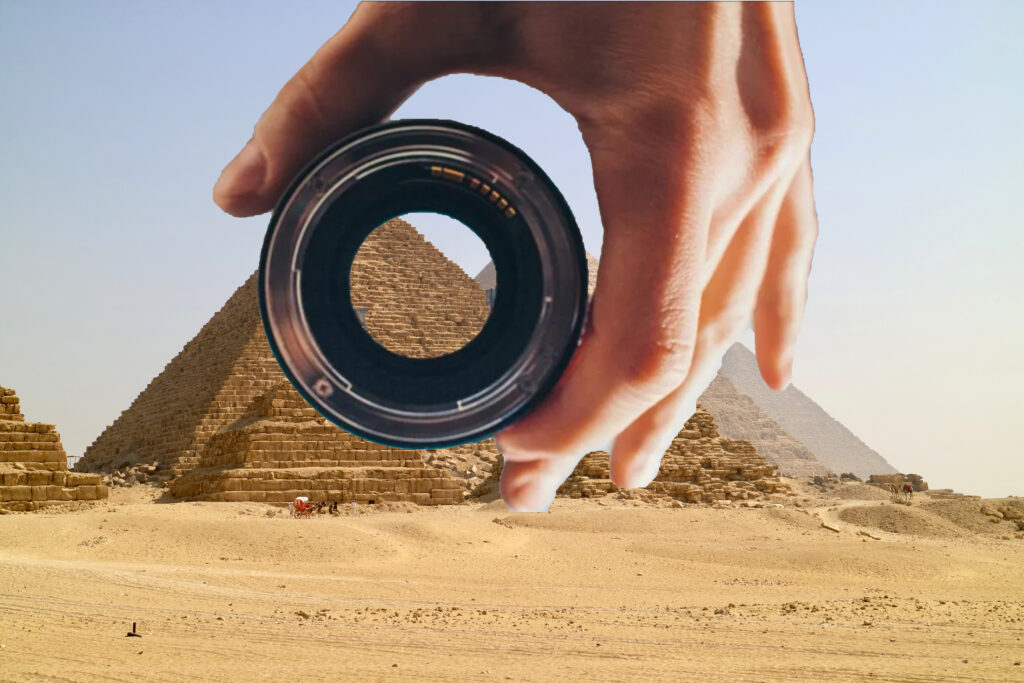
Most high-end smartphones feature up to 3 lenses, with a maximum zoom of 3x. A DSLR camera, on the other hand, will have an optical zoom of around 10–15x. Therefore, you can zoom much further by using a DSLR camera without losing image quality. If you use the digital zoom on your smartphone (meaning, zoom in more than the maximum zoom displayed on the phone), the more you zoom the more the phone crops part of an image and resizes it to the image selected in your settings. This is one of the ways photographers lose the quality of their photos! With DSLRs on the other note, zooming a tiny bit using the digital zoom won’t reduce the quality of the photos. And let’s not forget that DSLRs have interchangeable lenses, meaning there are dozens of different options available. Depending what you’re looking to shoot, you can buy a prime lens with just one focal length, or a zoom lens which will offer you a zoom as far away as 40-50x.
Camera Settings
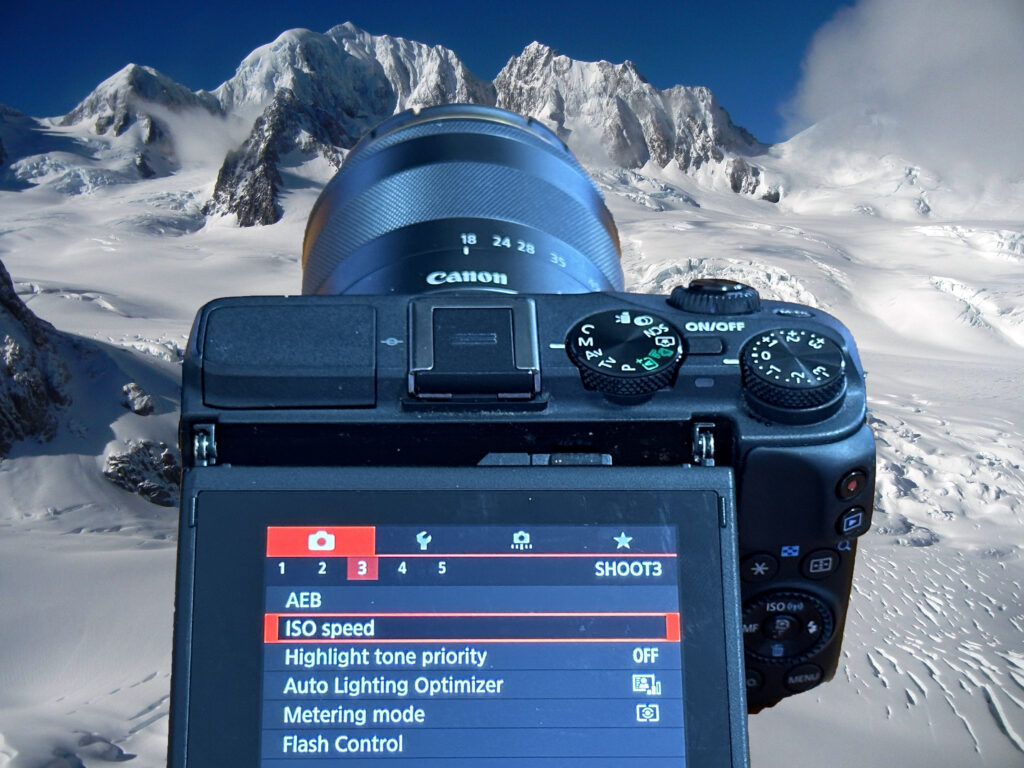
As we know, smartphones have basic settings such as flash, image size, HDR and exposure to name a few. However, for the highest quality photos, there are several other settings to be aware of which smartphones do not have. Using Manual Mode on your DSLR camera, you can modify the Aperture, Shutter Speed and Depth of Field to get the perfect photo. For travel-related photography, DSLR cameras also have pre-programmed settings that automatically change your camera’s settings according to the scene you want to capture. Examples of scenes that can be found include, but are not limited to: beach/snow, food, landscape, sunset, fireworks, night landscape, portrait, among others. Using scene selection is the easiest way to get the most beautiful photos of the scene you’re photographing, without having to master Manual Mode.
Storage Size
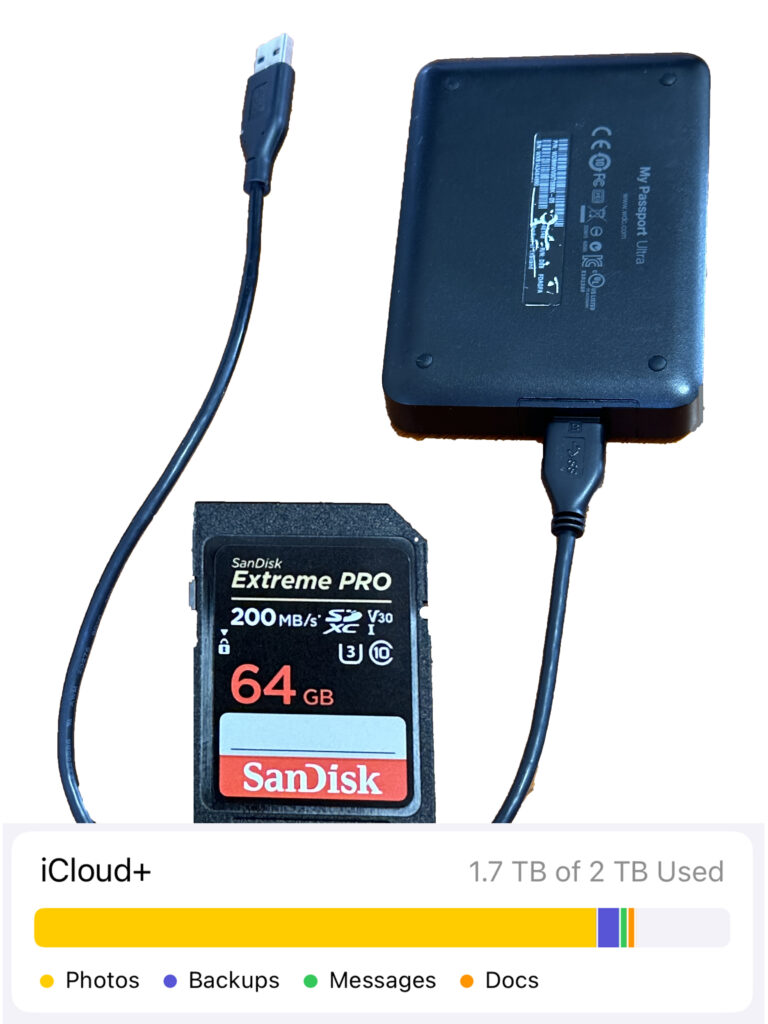
Smartphones have a fixed storage space, and upgrading your storage can cost quite a bit through monthly or yearly payments. For example, having 2TB of iCloud storage on an iPhone can cost $15 per month. Fun fact: when travelling in Egypt in 2023, my iPhone storage was not far from full, and I couldn’t help but take hundreds of photos each day. Before you know it, my storage was full and that didn’t include the photos taken on my DSLR camera! With DSLR cameras, storage can be unlimited as you can have as many memory cards as you would like. If you take an excessive number of photos like me, a 64 GB card only costs around $40. To store your photos, a 2TB hard drive can cost around $130, or you can get a 4TB hard drive for around $200. Those will store decades of photos!
I may sound “old school” talking about storage, as newer generations love the idea of storing photos on their phone. The truth is, I am a big fan of iCloud and even Google Drive! I store a lot of movies and PDF books on my phone. Smartphones are the new technology! But with photos, your phone memory will fill up before you know it, and I’ve experienced that myself. This is why I would opt to store my travel photos on a hard drive and say “hakuna matata” to the idea of my storage getting full.
While a smartphone is much easier to carry and has made many travellers forget about the hassles of carrying a DSLR camera, I believe that bringing a camera is much better for preserving unforgettable travel memories. As technology continues to improve, smartphone photos will soon lose their quality. Likewise, your phone’s storage will fill up before you know it, at which point it’ll be costly to upgrade! And no worries, there’s no need to spend over $2,000 for the top performing camera! Nowadays, DSLR cameras come in all sizes and prices depending on what you’re looking to photograph.

